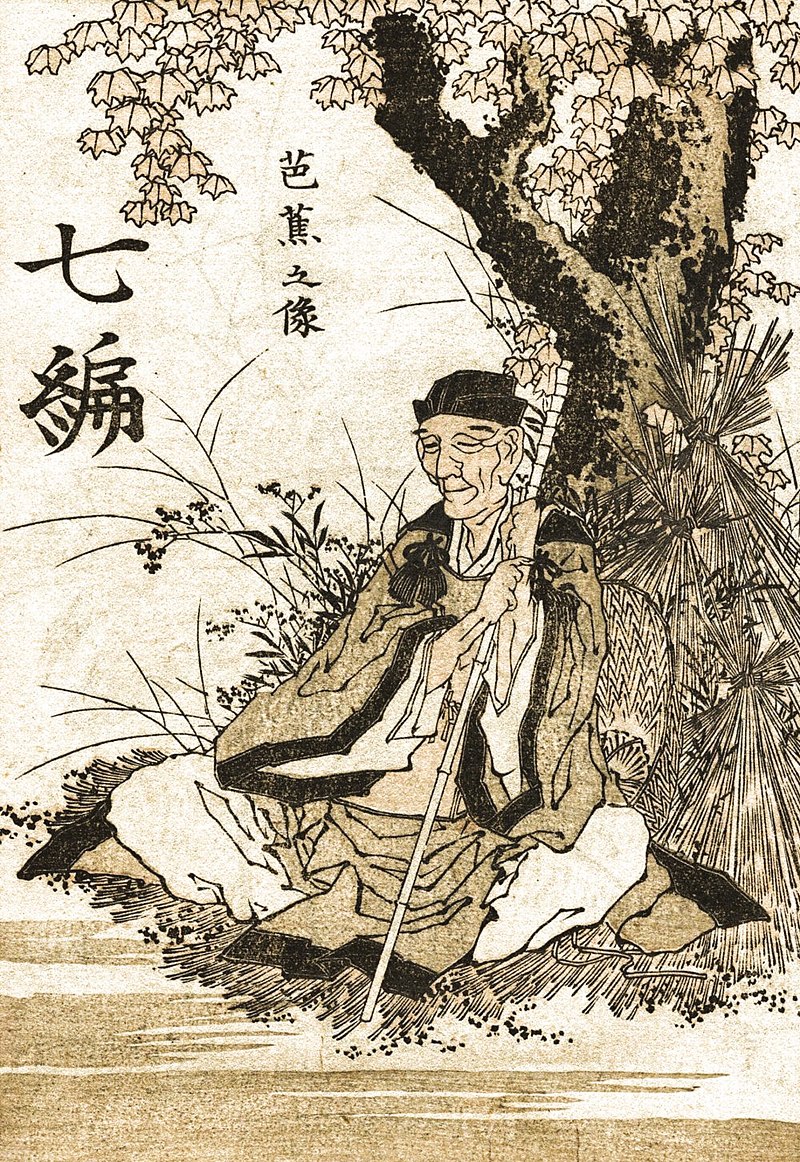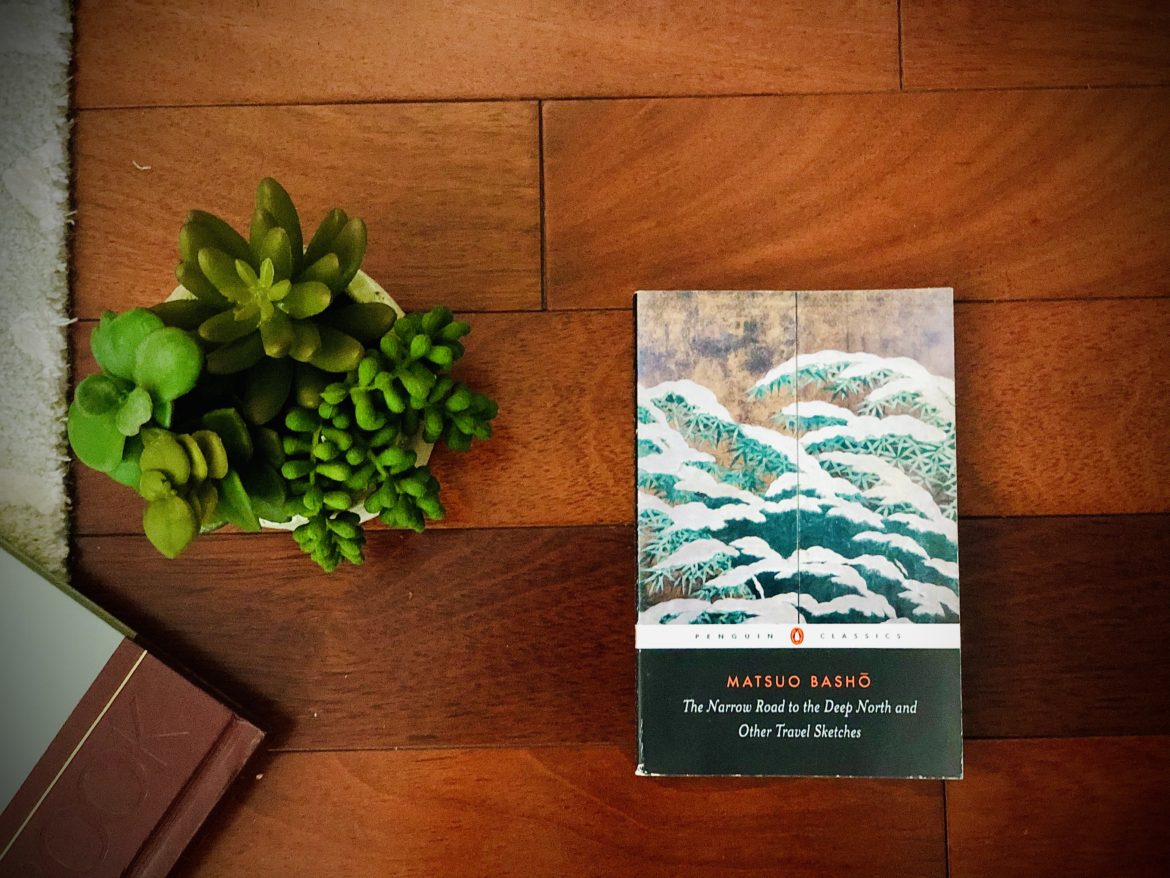Read Matsuo Basho
Create your own poetry.
On this day of Spring!
It’s April 17th, when we celebrate International Haiku Day worldwide because this form of ancient Japanese poetry is that awesome. If you are nerdy about poetry, then I expect your social feeds to be full of haiku memes, forwards, and jokes. On this day, haiku gets a lot of love in the world.
So, What’s A Haiku?
For those who are not familiar, haiku is a traditional form of Japanese poetry. A haiku poem follows a three-line with five-seven-five syllable structure. In the traditional Japanese way, they also count the sounds with the syllables.
This makes haiku poem a very short affair and while it may seem restrictive, writing poetry within this structure is considered a creative and problem-solving exercise for the brain.
Brevity doesn’t hold back haiku from being an elegant, evocative way of expressing beauty. In fact, haiku is well known for capturing the essence of changing seasons and nature.
Remembering The Poetry of Matsuo Basho
No discussion on haiku can be complete, without mentioning Matsuo Basho — the greatest haiku poet of all time.

Portrait of Bashō by Hokusai, late 18th century
Portrait of Bashō by Hokusai, late 18th century (Source: Wikipedia.com)
Penguins Classics’ edition of The Narrow Road to the Deep North and Other Travel Sketches is the perfect introduction to Matsuo Basho’s haiku poems. Translated by Nobuyuki Yuasa, he also provides an introduction to the origins of Haiku, its evolution over the years, and Basho’s style and contributions.
The Narrow Road… is a collection of first-person sketches by Basho as he travels through Japan. Yuasa’s notes provide helpful context on Japanese history and geography.
Basho had embraced the principles of Zen Buddhism and was in search of release from earthly belongings. In his life he made several trips through Japan, following in the footsteps of ancient monks before him in the hope of finding meaning and attaining enlightenment.
On his journeys, Basho, ever a poet at heart would make beautiful observations on the beauty of nature, the places he visited, and life itself.
I am no haiku scholar hence my review will overlook the finer points of craftsmanship and style. But even for a haiku novice, there is a timeless appeal in his charming and profound observations.
On Travels Through Japan
Leaving all philosophy aside, in some ways, The Narrow North.. is a travelogue capturing Basho’s several sojourns through the Japanese countryside?. This translation contains descriptions and haikus written by Basho on four different trips. The Records of A Weather-Exposed Skeleton was a trip Basho made to his hometown when he was gripped with nostalgia and homesickness living away from home.
“Determined to fall,
A weather-exposed skeleton
I cannot help the sore wind
Blowing through my heart.After ten autumns
In Edo, my mind
Points back to it
As my native place” — Matsuo Basho
This trip ended sadly for him because when he reached his native village, he learned that his mother had passed away. This is what he writes when his brother hands him an amulet with his dead mother’s white locks –
“Should I hold them in my hand,
They will disappear
In the warmth of my tears,
Icy strings of frost!” — Matsuo Basho
Basho records his travel experiences in both prose and poetry. His descriptions include his fellow travelers, scenes from places of worship, and experiences of wayside inn amongst other things.
On Natural Beauty
On his travels, Basho was greatly moved by the untouched beauty of the Japanese countryside. He often meandered into wooded forests or stayed for weeks in hermitages nestled in the valleys. Deeply restless, he sought inner peace in the simple beauties that nature had to offer. His haiku poems express joy in the colors of a wayside flower, the sounds of birds, or the calm of moonlit nights.
“I picked my way
Through a mountain road
And I was greeted
By a smiling violet”— Matsuo Basho
Through his expressive haiku poems, Basho created vivid imagery of Japanese landscapes. Even today, I can visualize Mount Fuji covered in fog, or see the paddy fields glow in the evening light, or watch a butterfly land on a poppy flower. For instance, when you read the following lines, can you not see yourself in the morning mist of rolling hills?
“It is spring
Even nameless hills
Are decorated
With thin films of morning mist” — Matsuo Basho
On Life Itself
Basho saw himself as a traveling ascetic. Carrying only a sack on his back, he often walked for several miles each day. In his later years, he grew increasingly restless and made exhausting trips with greater frequency.
“With a bit of madness in me,
Which is poetry,
I plod along Chikusai,
Among the wails of the wind “— Matsuo Basho
Basho was loved and respected in Edo, where he lived as a poet. But his search for enlightenment kept taking him back to the road and he remained a traveling poet till the end. It’s hard to miss the strand of loneliness and depression in his poems. It will forever remain a mystery whether he found what he was looking for.
“As firmly cemented clam-shells
Fall apart in the autumn,
So I must take to the road again,
Farewell, my friend”— Matsuo Basho
Basho’s haiku poems veer from the ridiculous to the profound. Every time I read them, I discover something new. If there was ever to be made a case for brevity in artistic expression, then Basho’s haiku is your answer.
For more on my top reads, go here.
Note – This was originally published in Books Are Our Superpower on April 17th,2021


